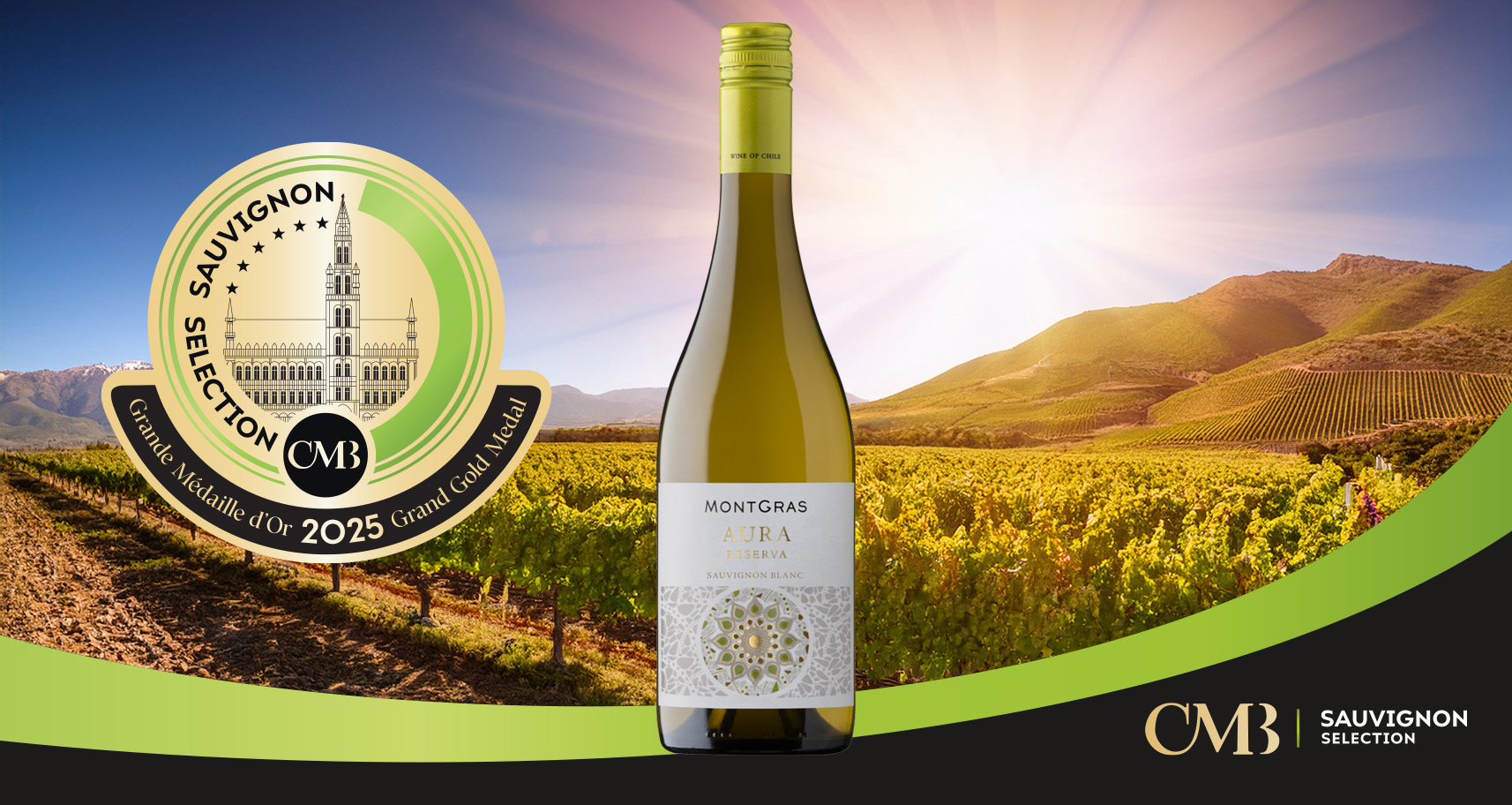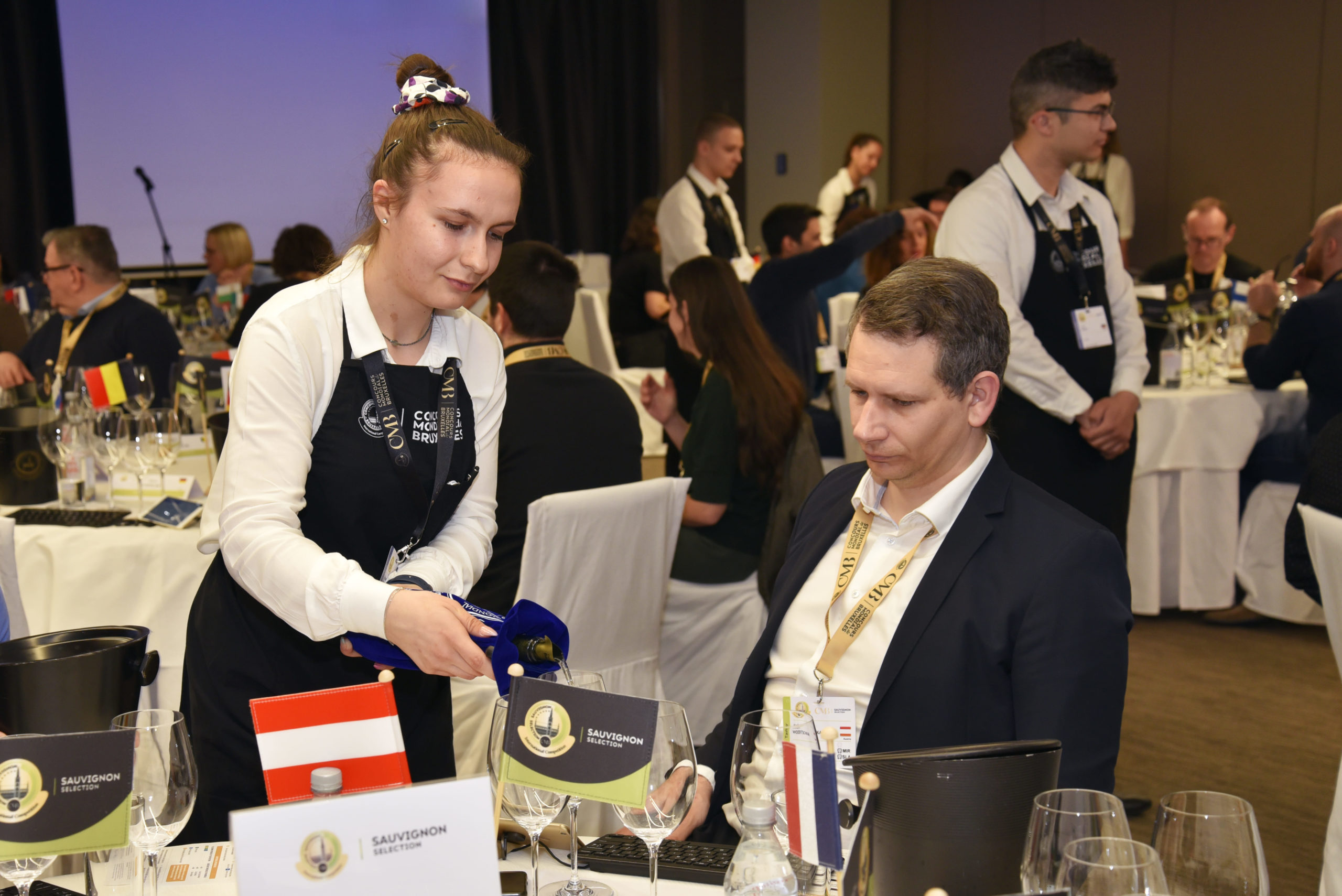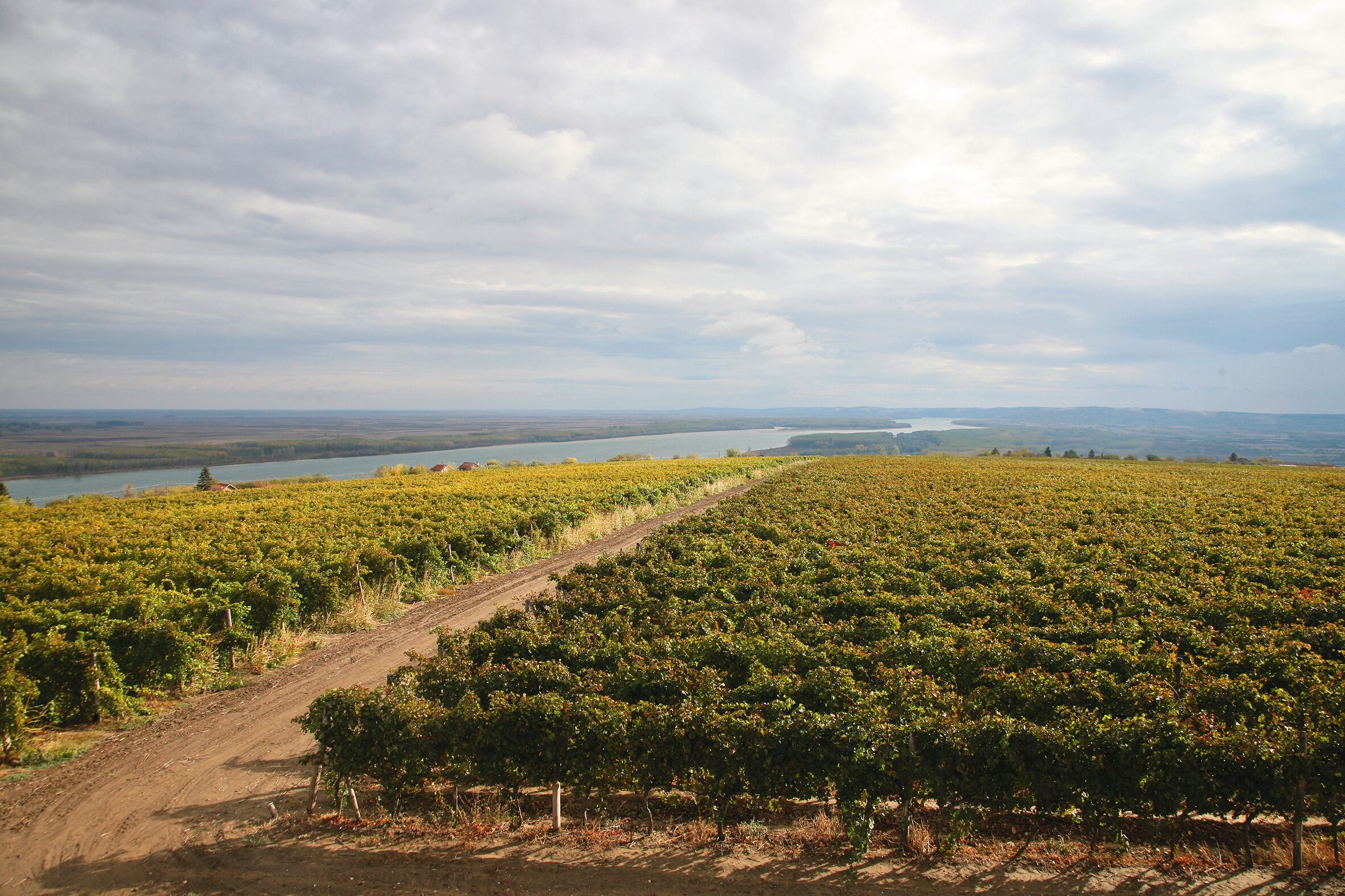Washington is home to some of the US’s most exciting Sauvignon blancs today
Washington Sauvignon blanc styles are one of American wine’s best kept secrets. These play a finer, crisper counterpoint to California’s opulent, sun-drenched, more Southern styles, but are richer and riper and softer than Oregon’s maritime-influenced, cooler, more linear Sauvignons. Dr Paul White sheds some light on what makes the state’s wines distinctive.
Situated on a high plain desert, Washington’s vineyards follow the Columbia River as it snakes its way through a massive hot central plain, surrounded by a series of progressively cooler hills and more mountainous foothills. Illogically, although North of Oregon, Washington’s regions are warmer and sunnier.
Unlike Oregon’s climate, the Cascade Mountains hold back Pacific rains leaving Washington’s eastern regions dry as a bone. Offering grapes endless ‘hang time’ to bask in late season, indirect sunlight, with high altitude delivering both sunny days and cold nights, acidity and ripe fruit sit quite comfortably side by side. Like in Oregon, natural acidity is the rule.
Because Washington vineyards cover a lot of ground and climatic variation, winemakers have options for styles similar to Bordeaux or Loire. At times, the mix of intense fruit ripeness and natural acidity can even be somewhat reminiscent of NZ’s Hawke’s Bay Sauvignons.
Delille Cellars aims for Bordeaux and Rhone styles
Let’s look at three producers who have focused on different approaches to Sauvignon.
Delille Cellars and their Chaleur Estate range were established in 1992 with a dedicated commitment to Bordeaux and Rhone styled wine. Since 1995 their ‘blanc’ has modeled itself on Bordeaux’s blend of Sauvignon blanc and Semillon fermented in a mix of new and old French barriques. Grapes are sourced from around central Washington’s warmest vineyards at Red Mountain in Yakima County. Usually around two-thirds Sauvignon, exact proportions follow vintage variation, with time in oak, lees contact and stirring carefully tuned to suit fruit quality each year. The wines, to their credit, very much reflect the vintage. Further attention to detail means wines are released only after extensive time in barrel and then bottle.
Chaleur Estate Blanc 2013 (13.2%) hits the Goldilock’s just right spot with a subtle, slight oak toastiness, fresh aloe vera florals and subtle fruitiness. Very fine grained textures and a long, drawn out, tapered finish suggests this classy, beautifully balanced wine has a long life ahead of it.
Their ‘Blanc’ 2012 14% offers a nice green bean freshness and is fuller, more Chardonnay-like in the mouth with a fine viscosity and slick finish. The 2011, from a cold difficult year, offers more floral high toned, green herb notes, and is fresh without being unripe. Tight and fine, with firmer acidity, although not as concentrated or persistent it’s still a wine with great presence. These wines stack up well against Bordeaux’s best.
Loire inspiration at Efeste
Efeste’s winemaker Peter Devison earned a winemaking degree in New Zealand. He then unlearned this in Washington, steadily evolving away from those fruit driven squeaky clean, New World styles. He aims for a more ‘funky’ reductive sulphide approach with more complex phenolic (tannic) structures. Employing native yeast, and unfined, unfiltered, old barrel fermentation techniques, he consciously targets how the wine will taste in two to three years. Two distinct Sauvignons are made from two different Loire clones.
Efeste Sauvage sources a thinner skinned, Loire clone grown in Yakima’s warmer Bouchet Vineyard. The result is fleshier and more tropical, mixing funky sulphury notes with green stem florals and ripe tangerine fruit characters. In the mouth it is fuller bodied and ripe, but crisp and fine as well.
Efeste Ferral is grown further north at a cooler, higher elevation on limestone within the Ancient Lakes subregion. Consciously ‘Loire inspired,’ this wine is broadly perfumed, saline and quite minerally, it’s also more delicate, finer bodied and crisper than Sauvage.
Savage Grace opts for rare field blend approach
Michael Savage’s Savage Grace label draws fruit from Yakima’s 45-year-old Red Willow Vineyard. Although primarily about red grapes, grower Mike Sauer has also cultivated an intentionally mixed up ‘field blend’ of Sauvignon clones (The Loire’s Musque, 317 and 378), Californian’s old Wente clone, Italy and others. Note, field blends are extremely rare in Washington.
This complex vineyard mix determines Savage’s approach to winemaking. He keys on transparency to show that fruit in the clearest light, hence gentle whole cluster pressing, followed by fermentation in stainless steel to preserve purity.
Savage Grace Sauvignon 2014, from a warmer year, offers a fresh, green stem florality and riper satsuma-like flavors. It is bigger, richer and fuller bodied than previous years 2012 and 2013. The older vintages both retain a similar green stem florality, but more delicately so, with an emphasis on minerality. Defined by a tarter citrus acidity, they are much more taught and linear in style.
Although North America is home to Sauvignon blancs grown as far afield as Texas, Virginia and Quebec, and California is its largest, most famous producer, both Washington and Oregon are easily producing some of the most exciting styles on the continent today.


